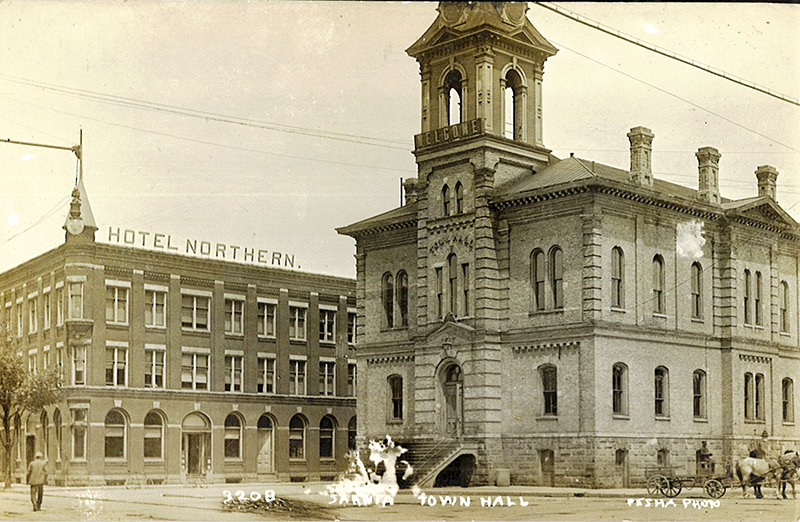By Phil Egan for The Sarnia Journal
Back in the 1970s, before I became a holiday operator in Toronto, I was part of the city’s airline community, comprising all of the airlines that operated offices in the city.
Most of these were clustered downtown in the King and Yonge district. Every Friday at lunch, scores of airline executives would gather at a watering hole and basement restaurant called Bacchus.
We were all fierce competitors, but our common interest in air travel also made us friends. In fact, those weekly gatherings generated friendships that would endure for decades.
In Sarnia, the custom of businessmen, and, as time progressed, businesswomen getting together for a weekly or monthly luncheon is a long-established practice. Sources indicate that as early as 1891 a group of the business elite began getting together for weekly lunches, to discuss current events and items of mutual interest.
This was well before the establishment of a Sarnia Board of Trade or Chamber of Commerce, and before the arrival of service clubs such as Rotary, the Kiwanis or the Lions.
For 30 years, this informal luncheon club was engaged as a part of Sarnia business life. No records have been handed down to local historians, so we don’t know where they met, or who was involved, or whether they involved themselves in anything other than casual conversation and congenial companionship.
It wasn’t until 1921 that the Luncheon Club was more formally organized as strictly a Chamber of Commerce gathering. Weekly meetings were held on Mondays at the Northern Hotel on Christina Street. Participants paid one dollar for lunch. With no specific mandate or “raison d’etre” for existing other than eating and networking, however, the gathering began to languish.
That changed in 1923, when the Sarnia Luncheon Club opened its membership to everyone whether they were Chamber members or not. Committees were struck, and work began on a number of fronts.
Children with handicaps were cared for, and their hospital bills paid. An extensive recreation and playground supervision program was initiated. In July of 1924, the Luncheon Club hosted a massive picnic for Sarnia children, attended by 1,200, and that winter it constructed a huge skating rink. Equipped with lights and dressing rooms, it was supervised eighteen hours a day.
In 1930, the Sarnia Luncheon Club ceased to exist and its membership slowly drained away to the Rotary, Kiwanis, Kinsmen and other formal service clubs that took its place.
But make no mistake. The Sarnia Luncheon Club was the godfather of all of the Sarnia service clubs that followed in its path.


